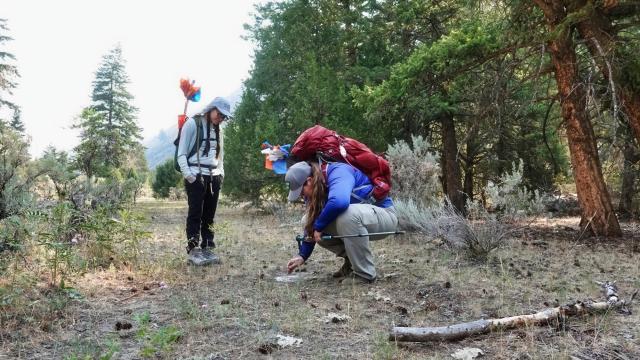Related Stories
- Connecting Utah students to public lands careers
- Twin Falls District Engineer Eddie Sanchez – seasonal wildland firefighter to engineer
- Coeur d’Alene District and Nez Perce Tribe Strengthen Community Through Partnership
- Gravel to Gravel: Combating Elodea to protect Alaska's salmon habitats
- BLM gives presentation at the 30th Meeting of the London Group on Environmental Accounting
Office
1387 S. Vinnell Way
Boise, ID 83709
United States
Phone:


